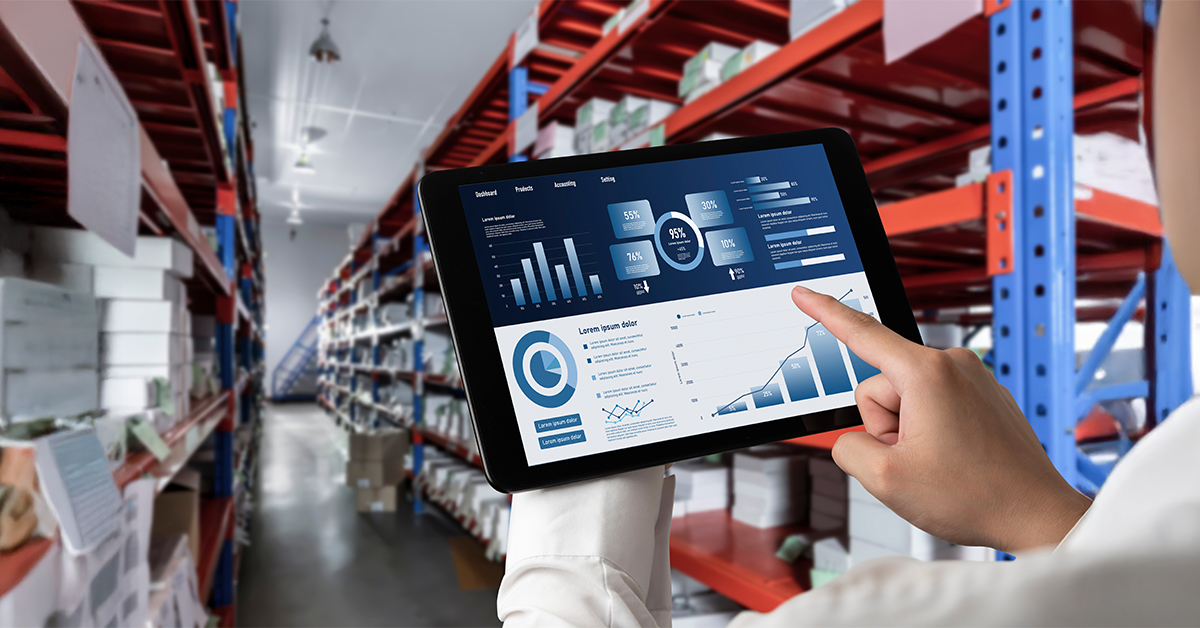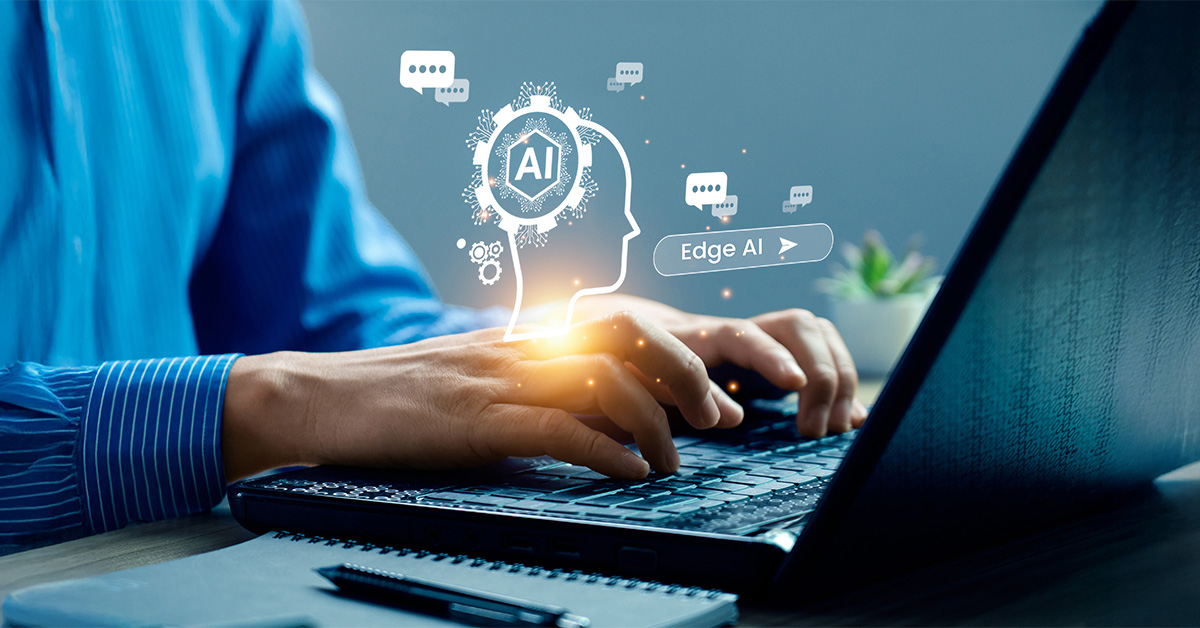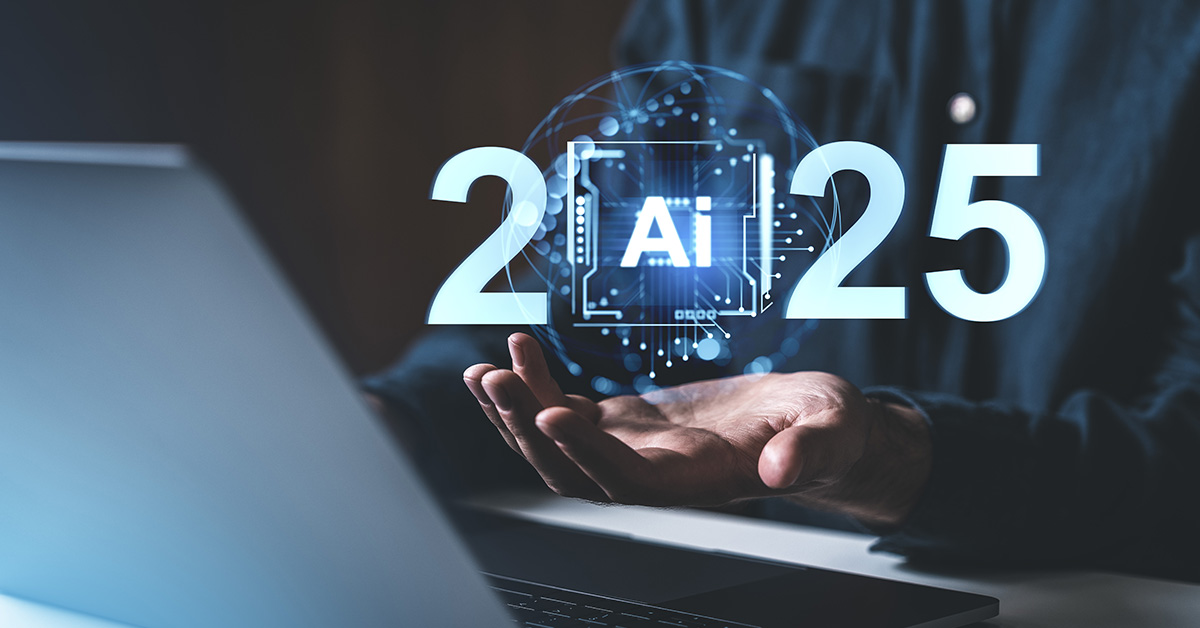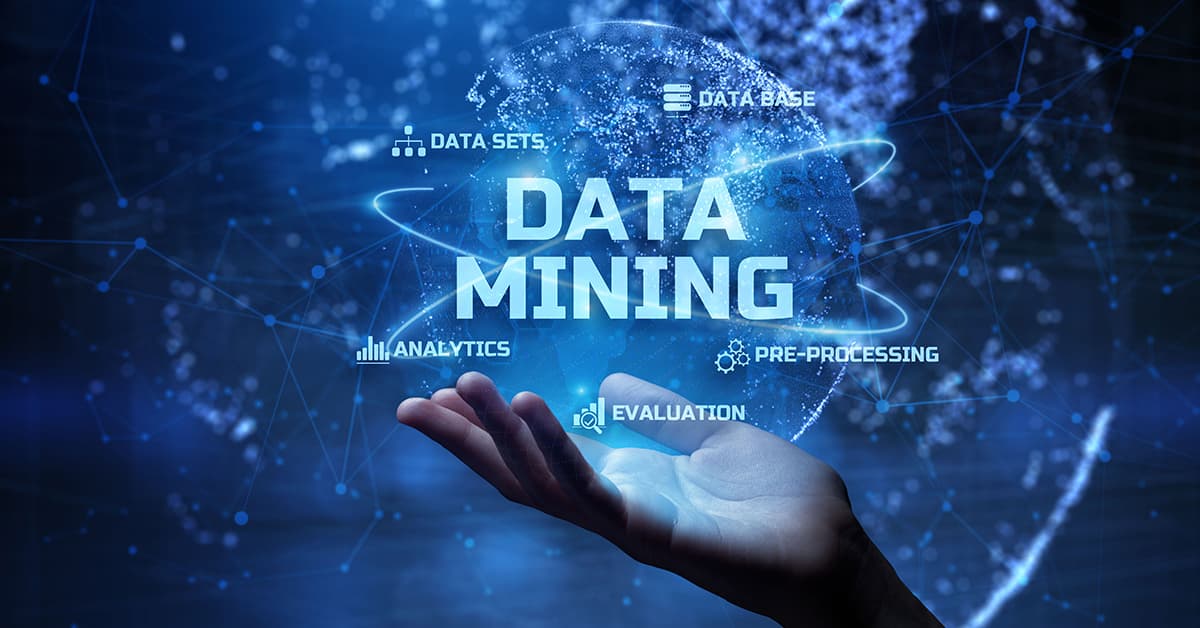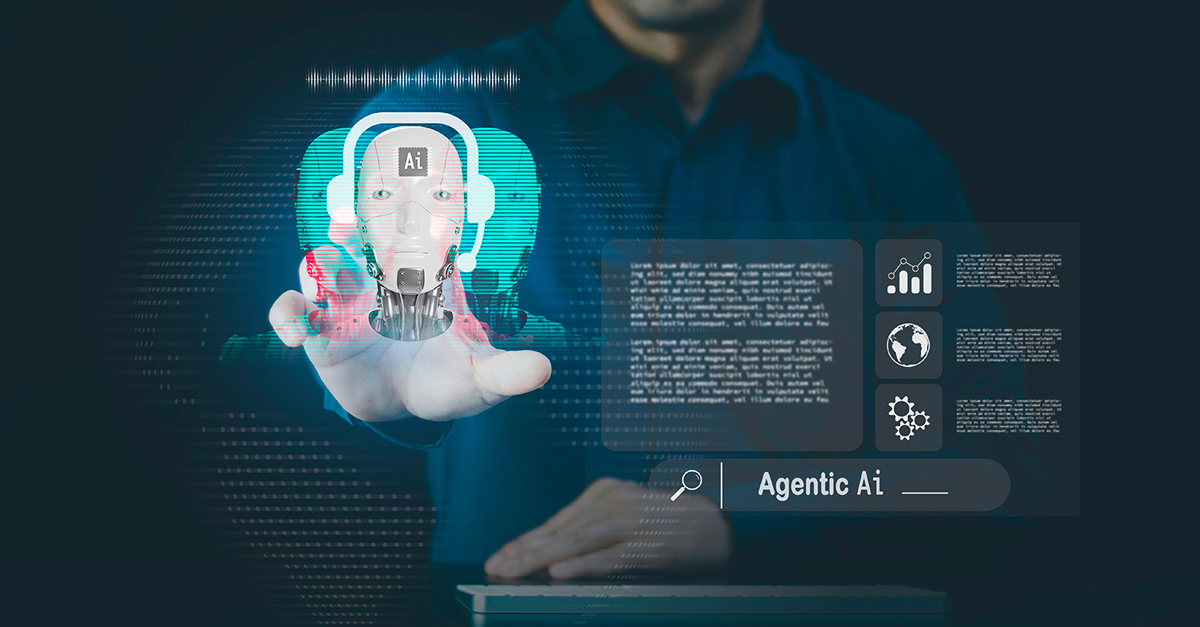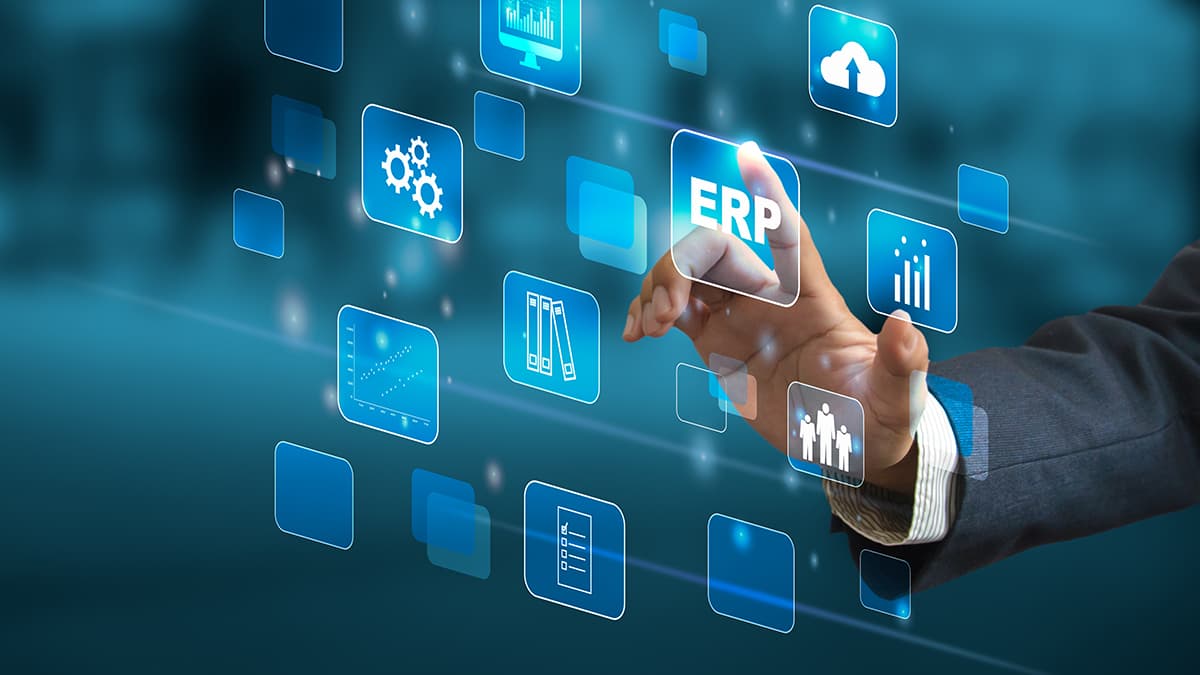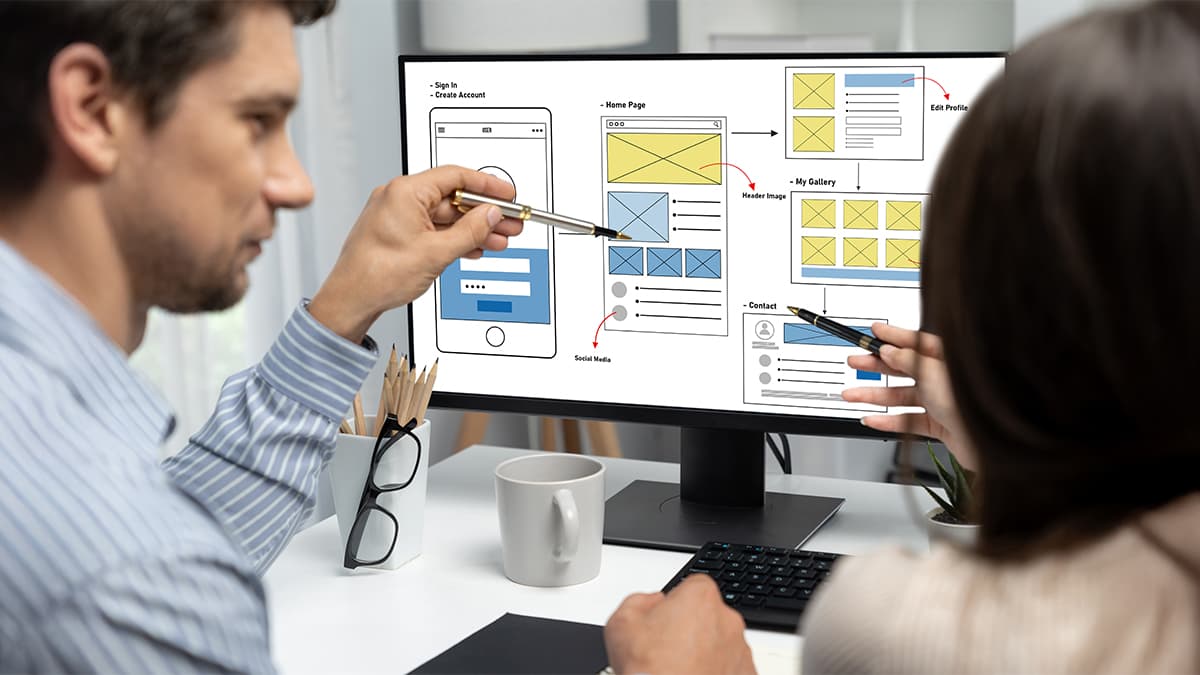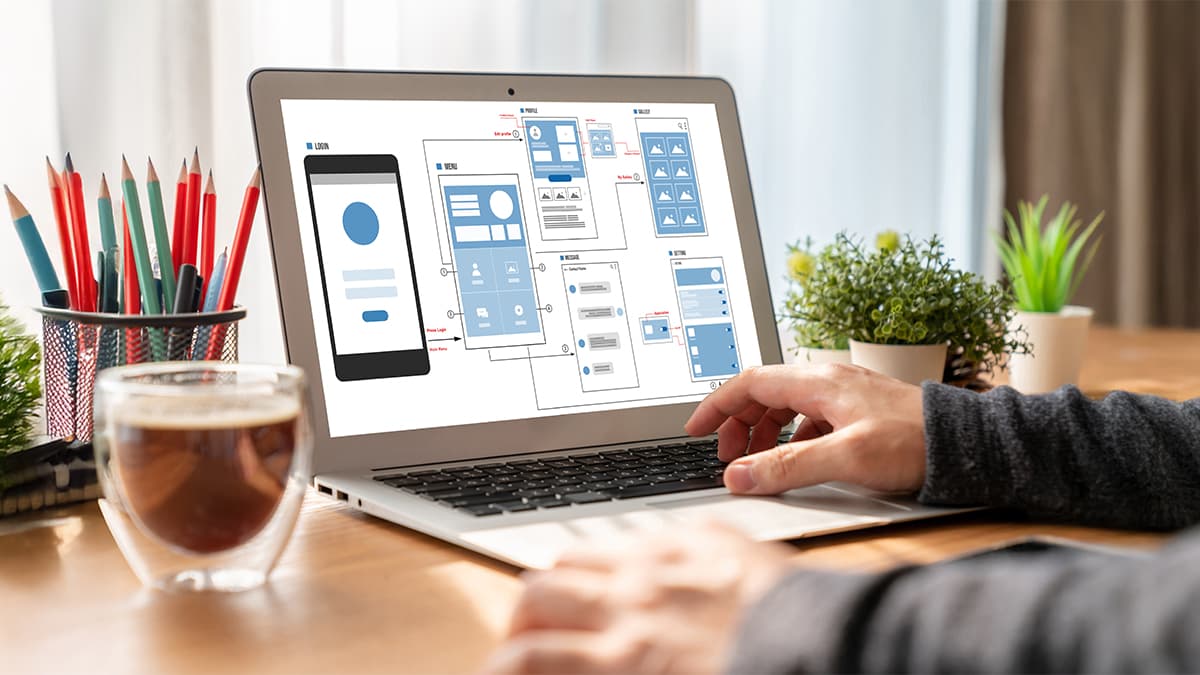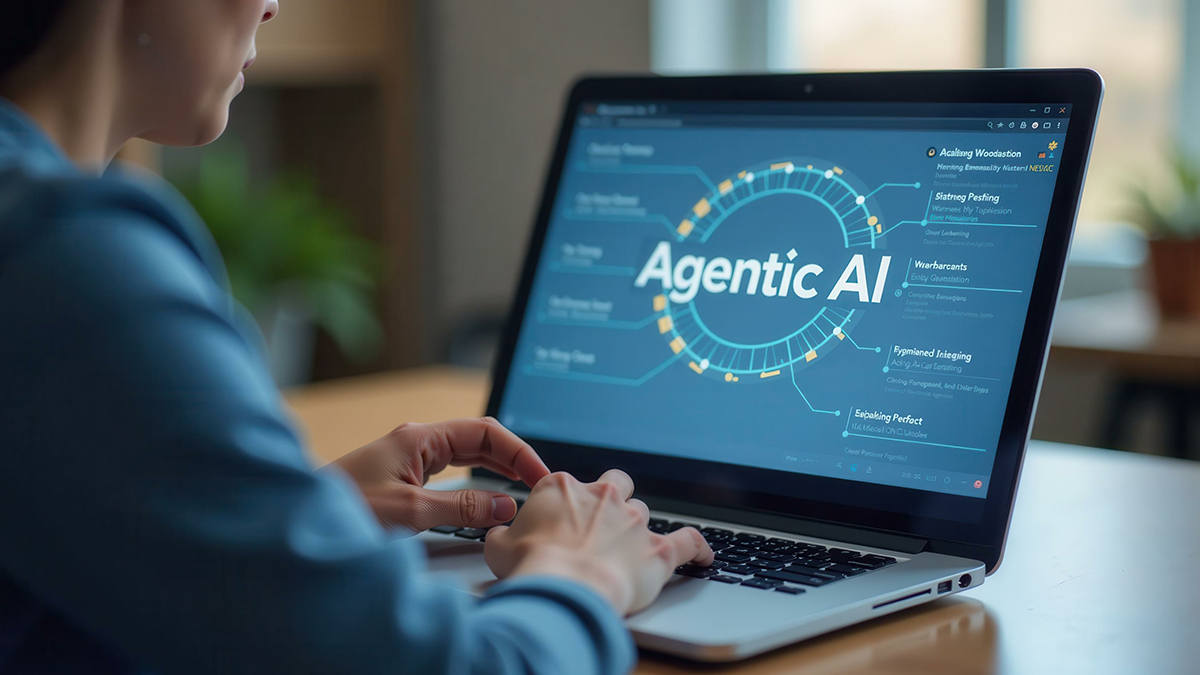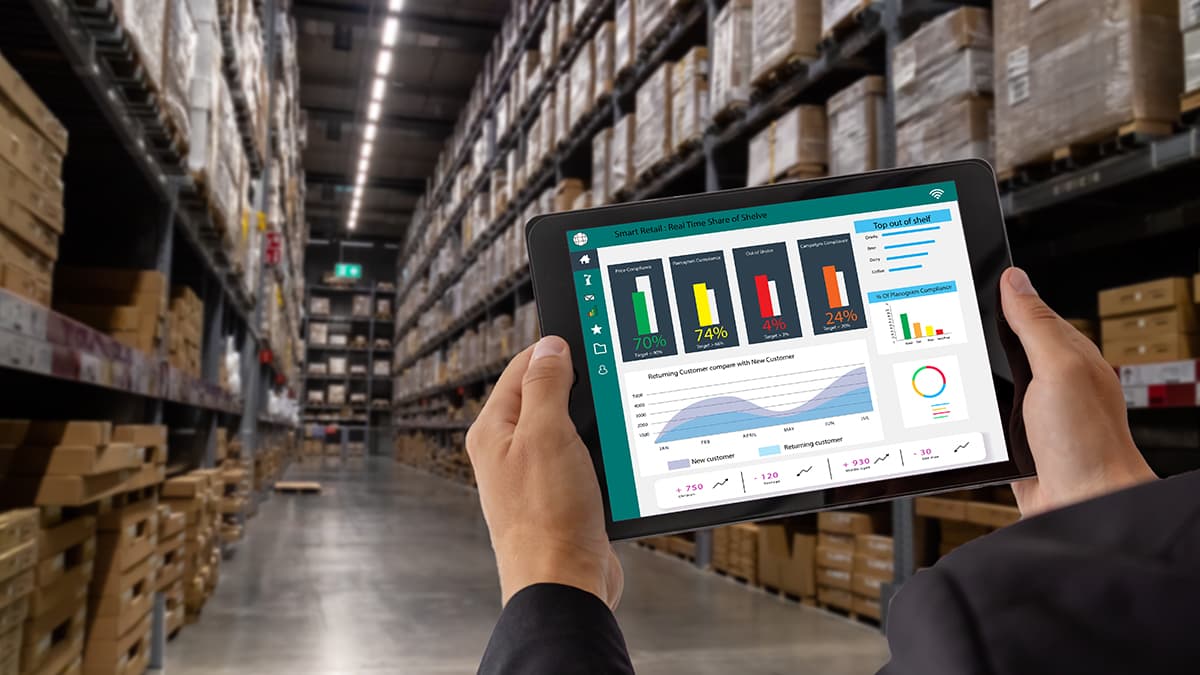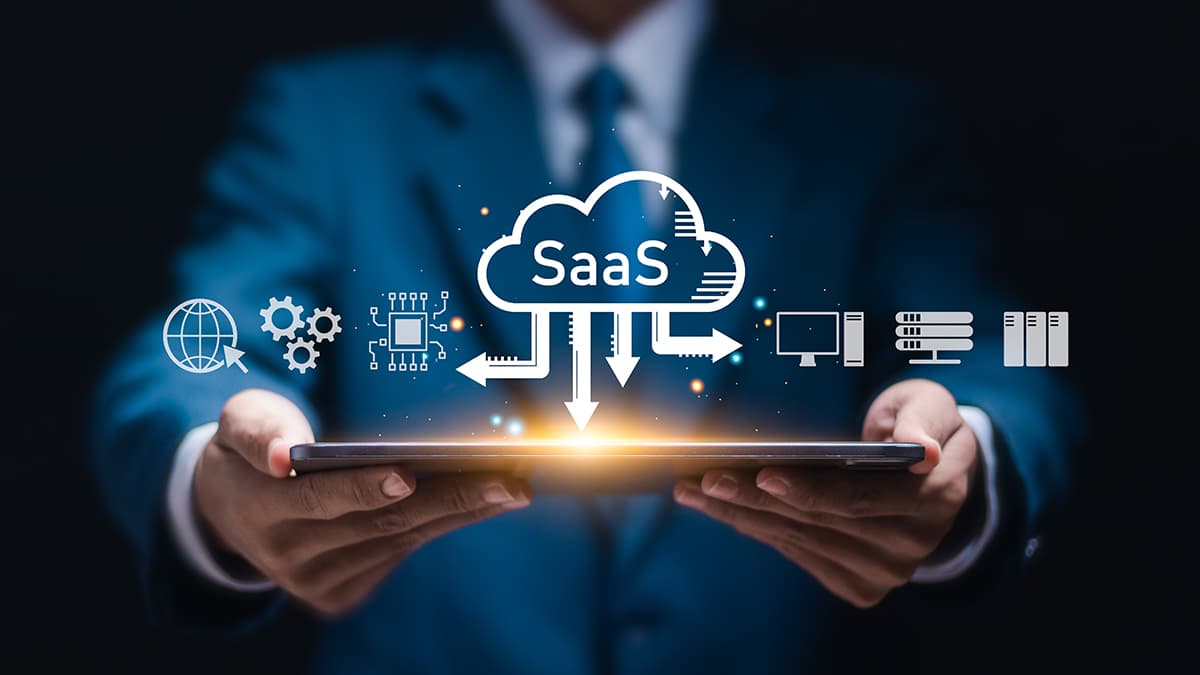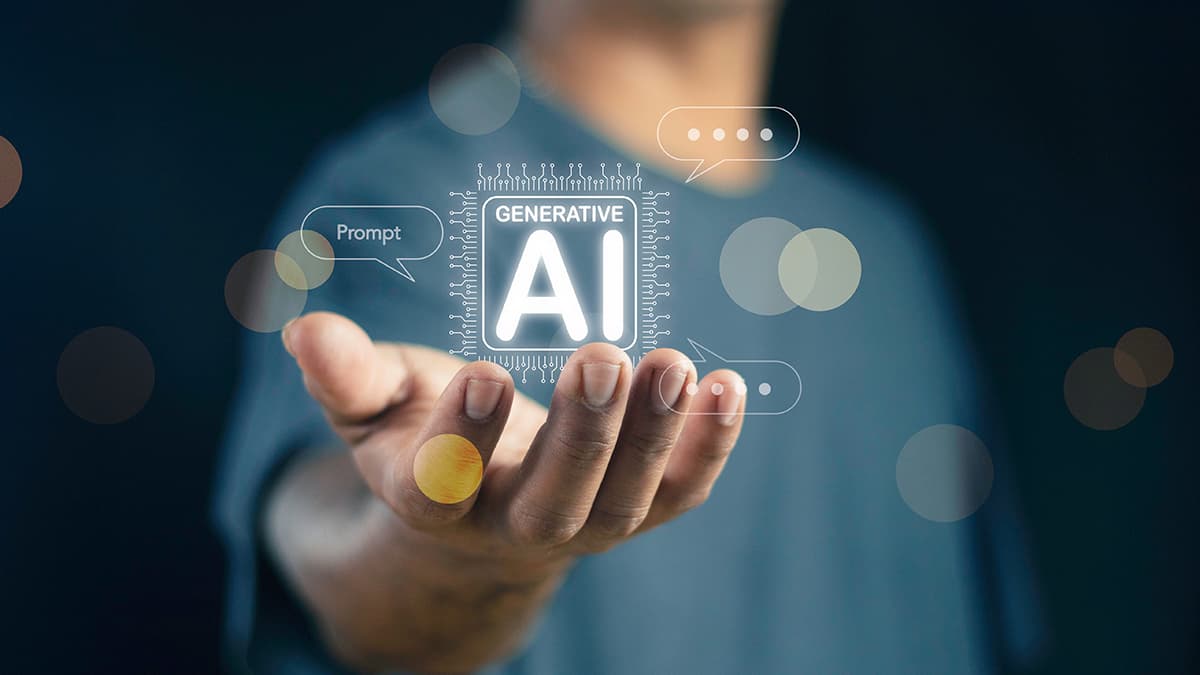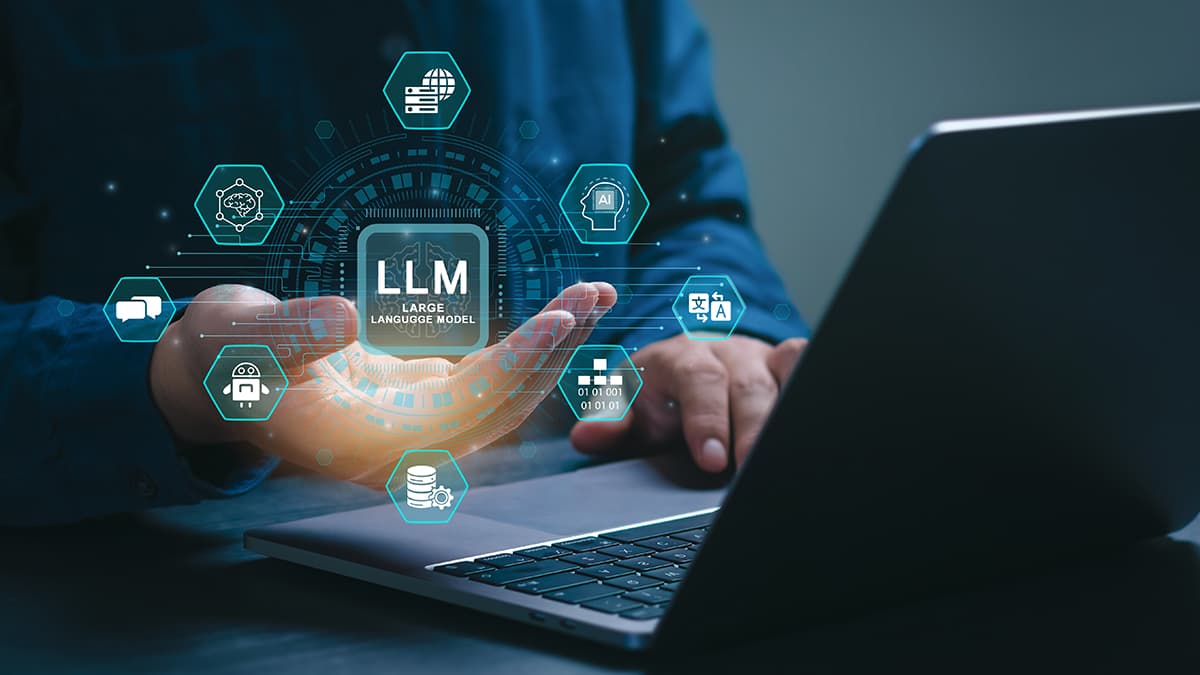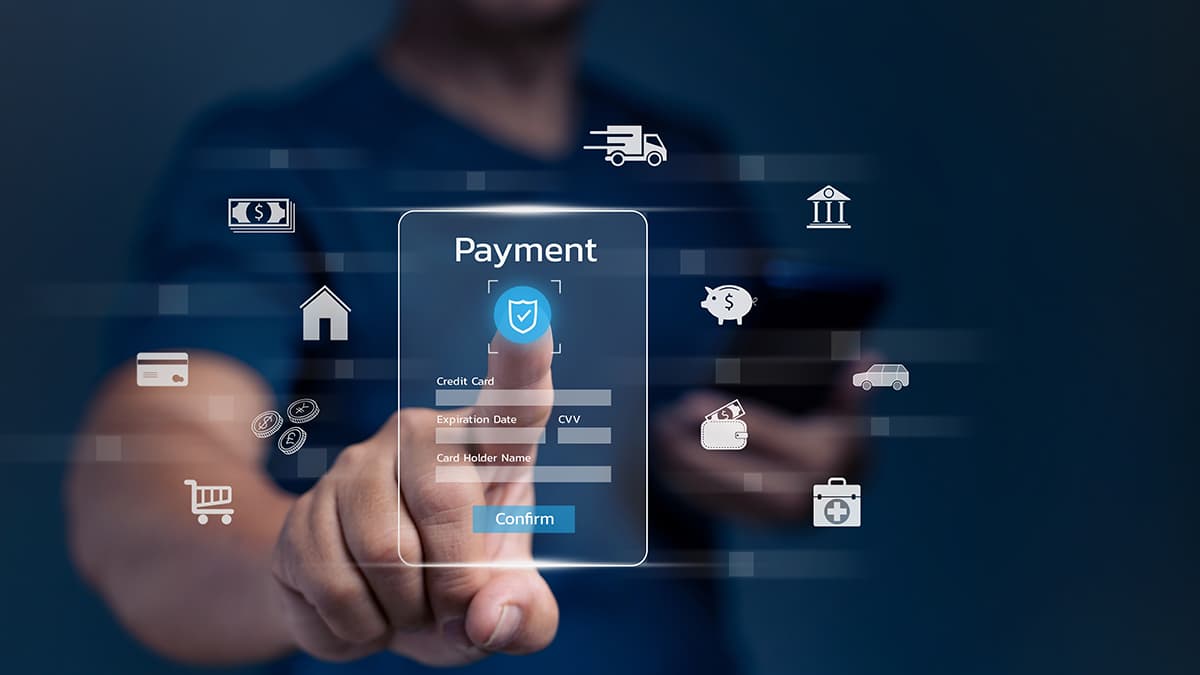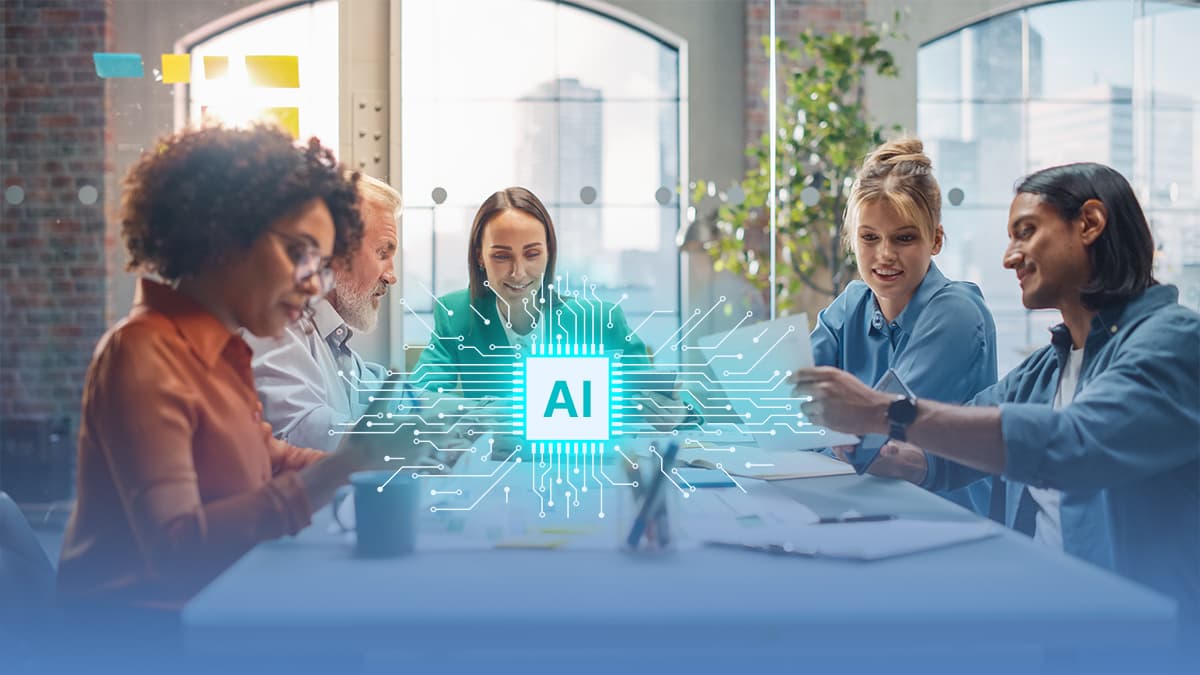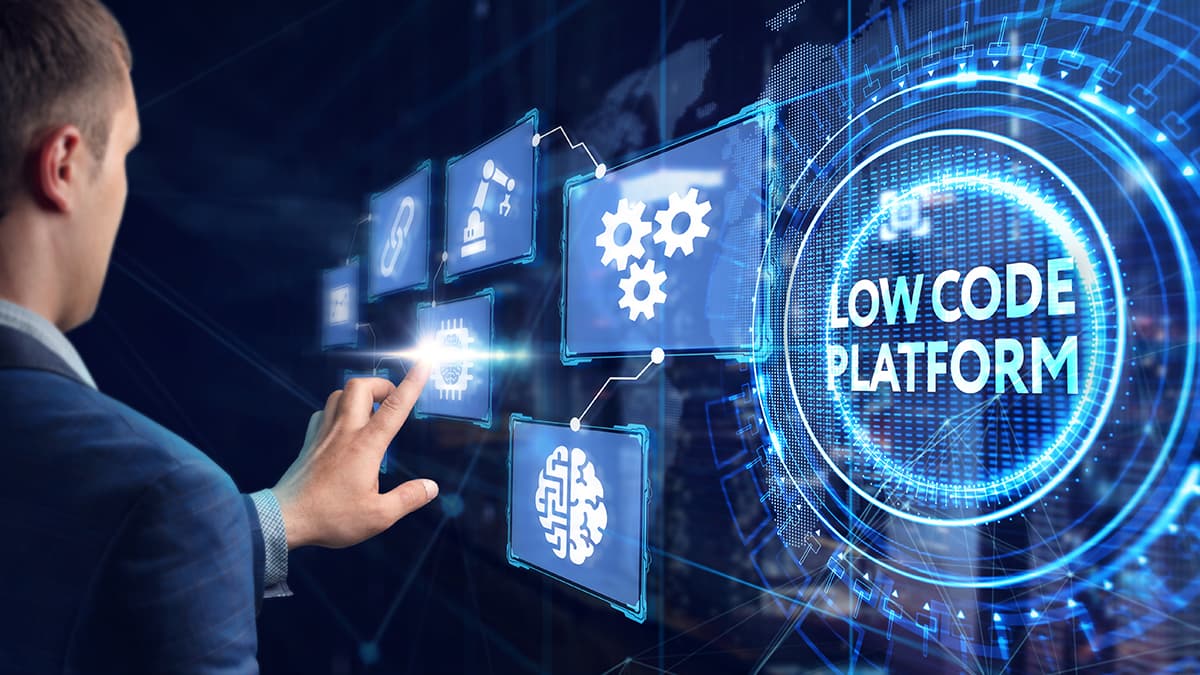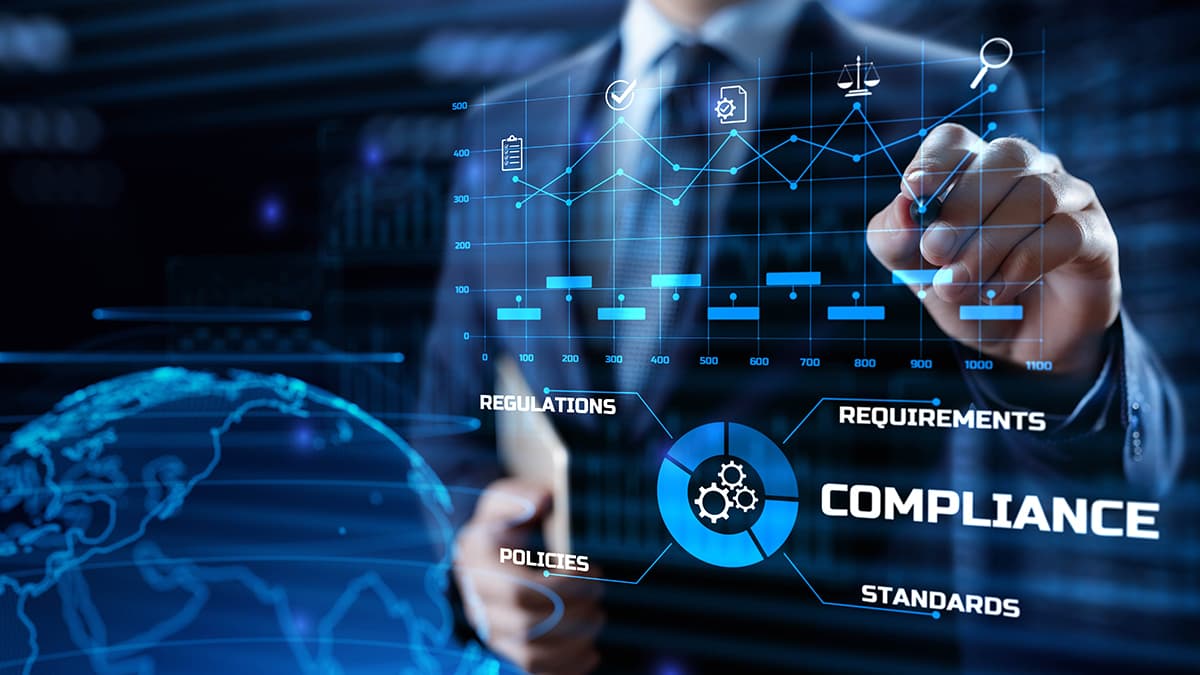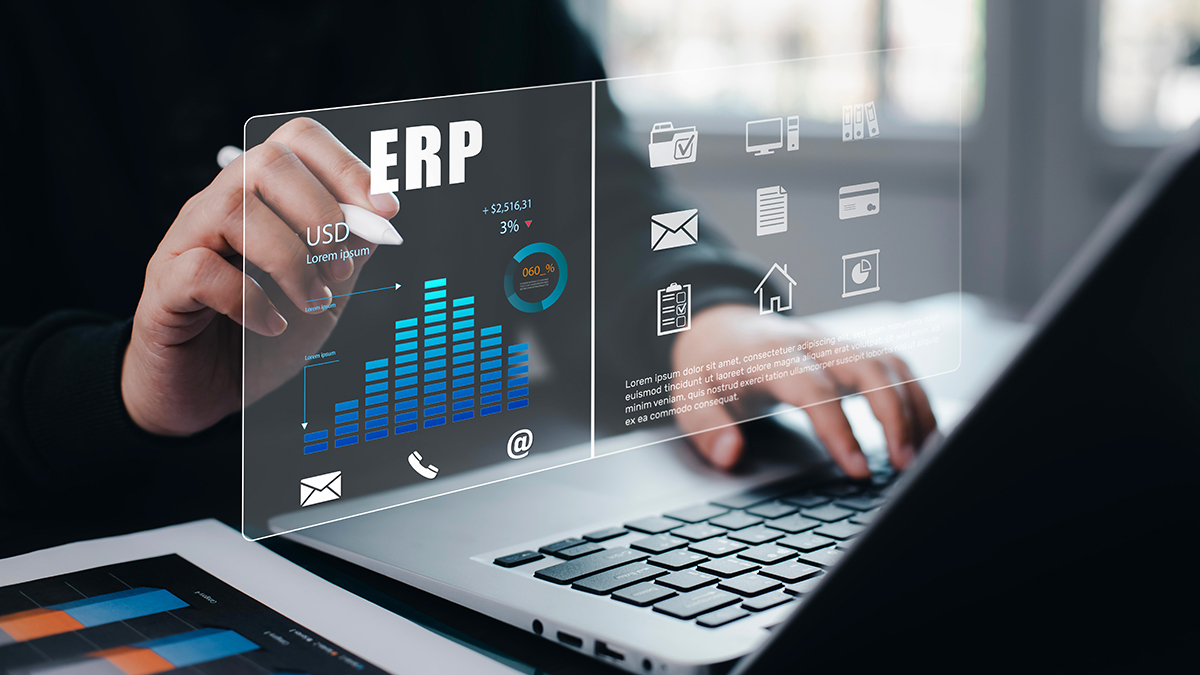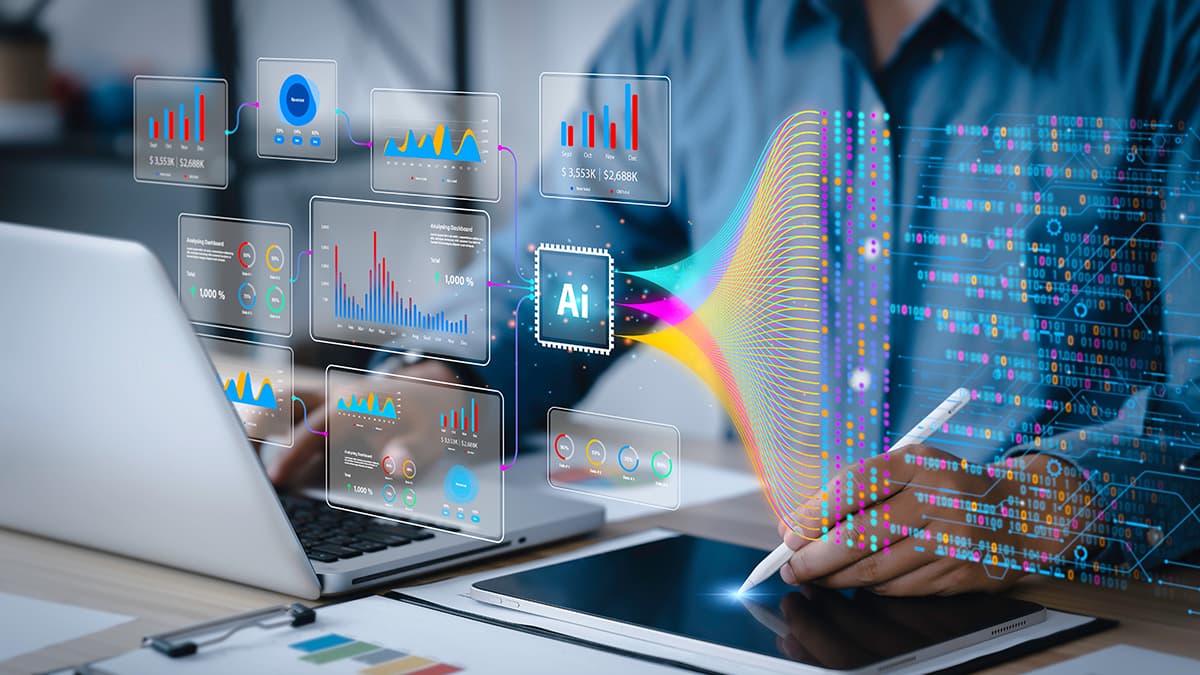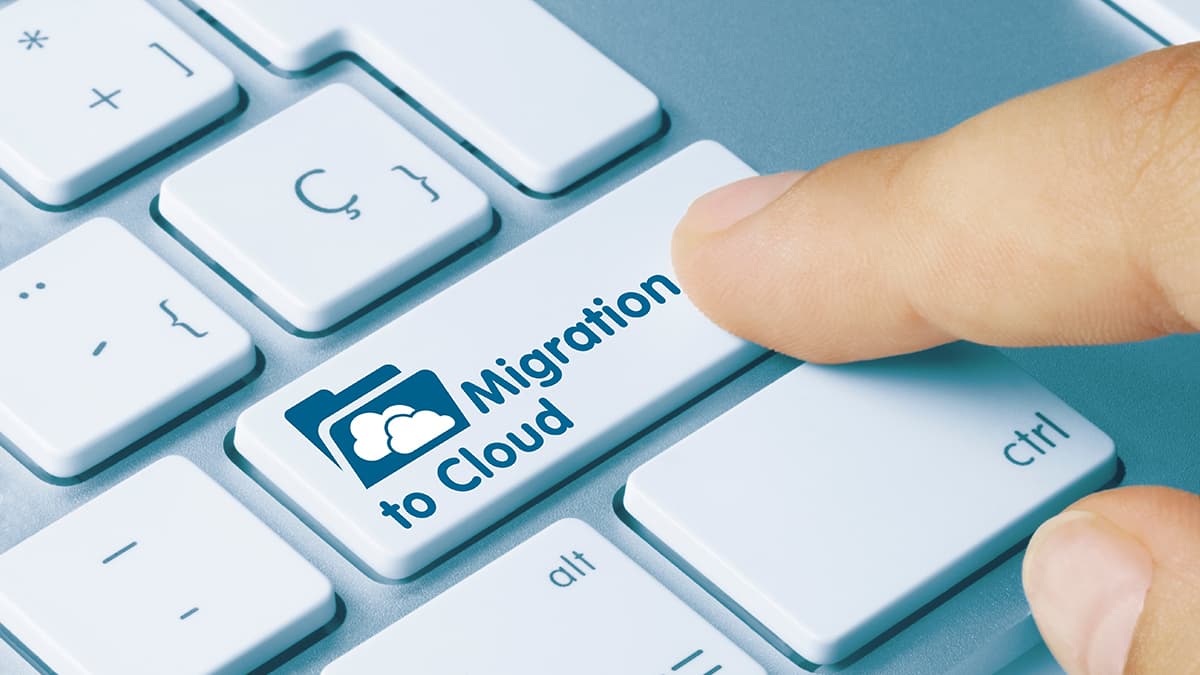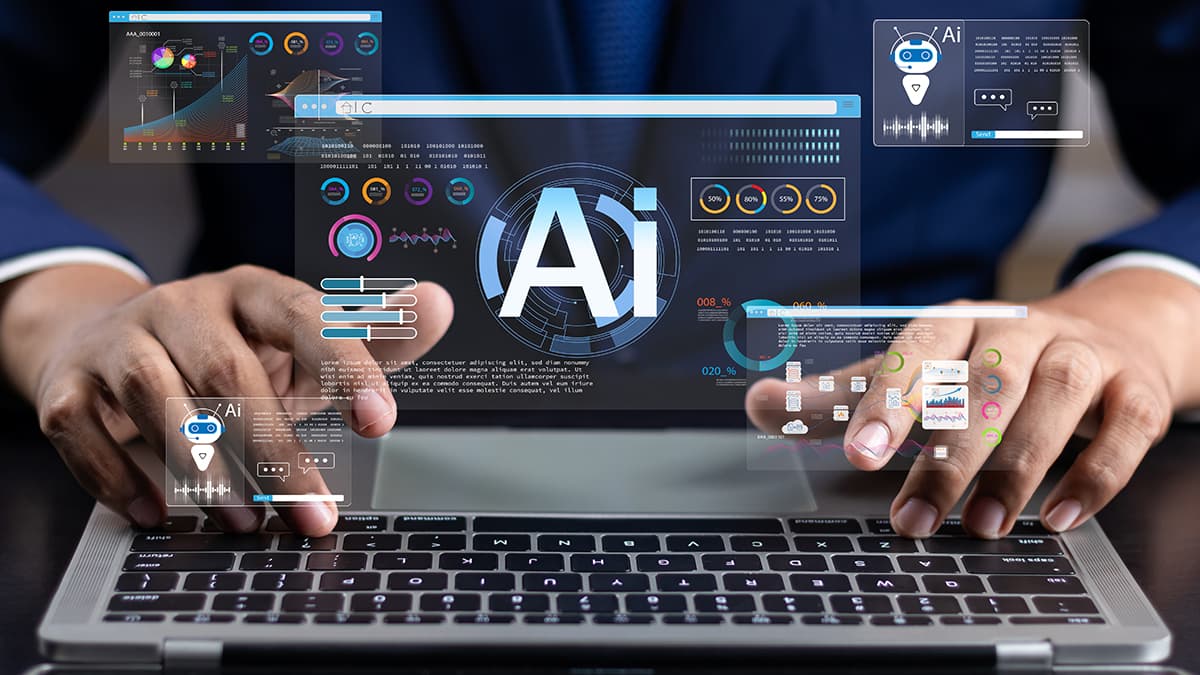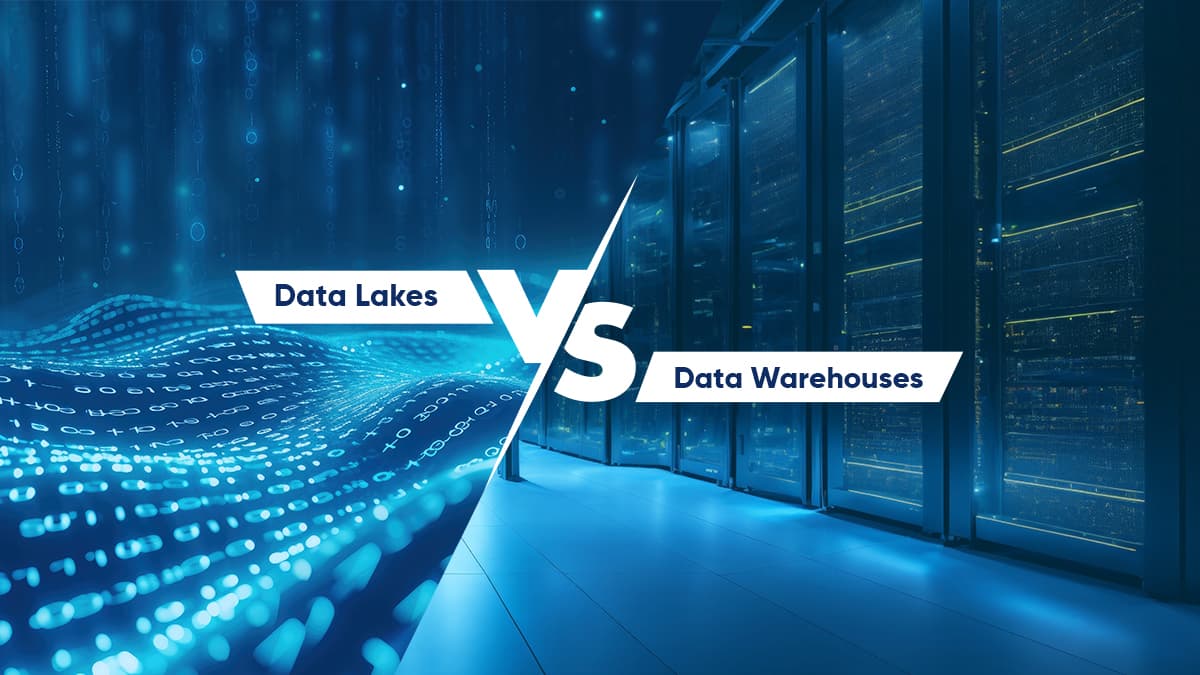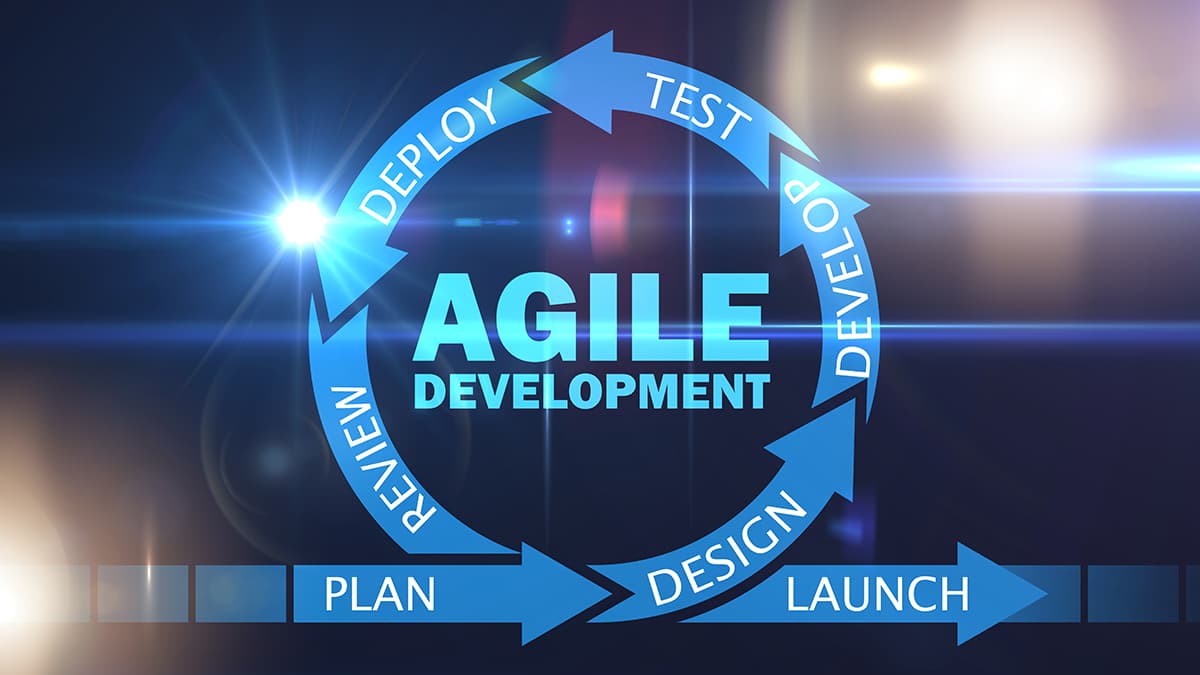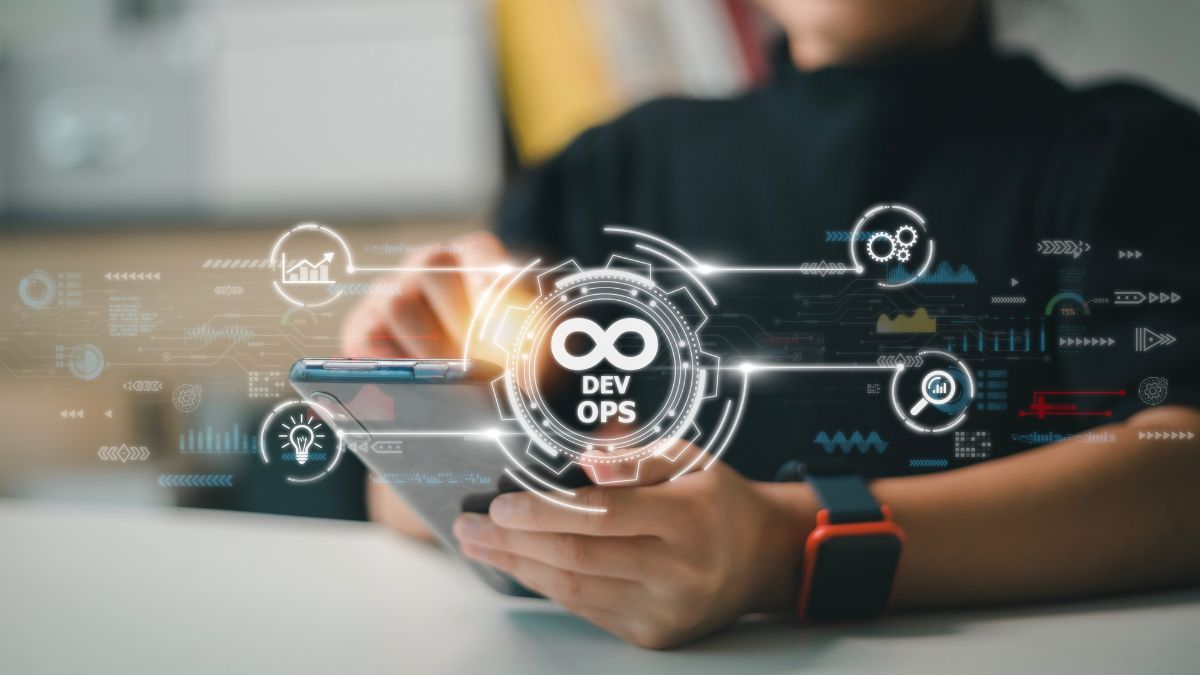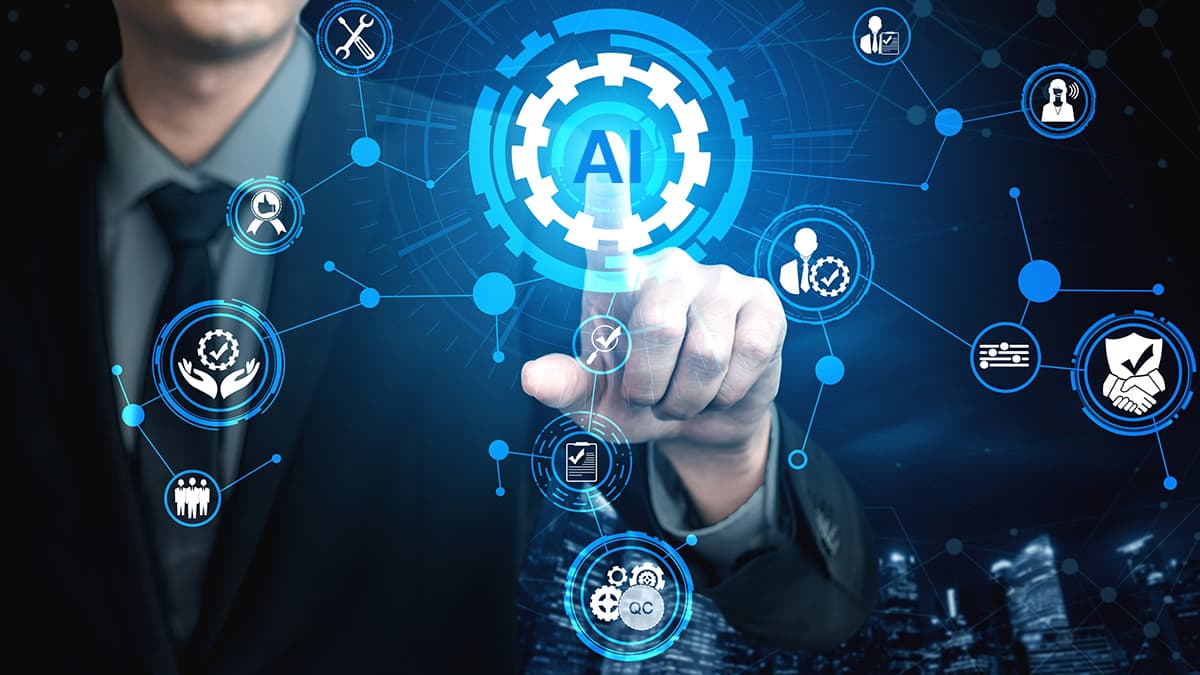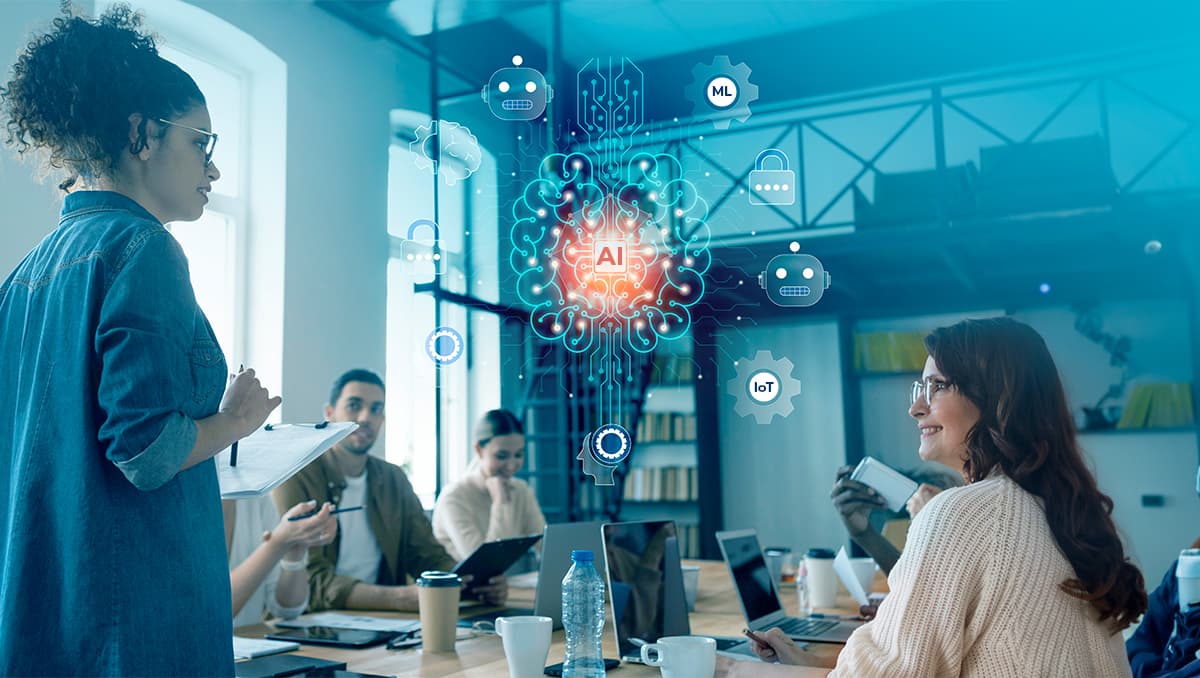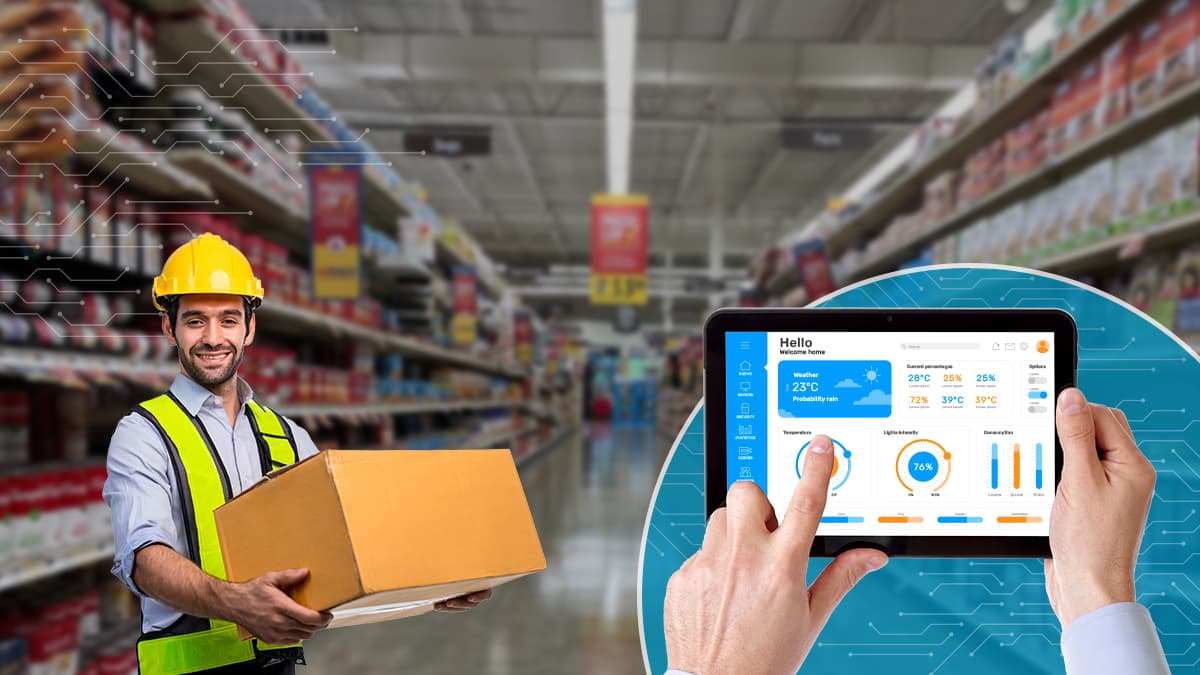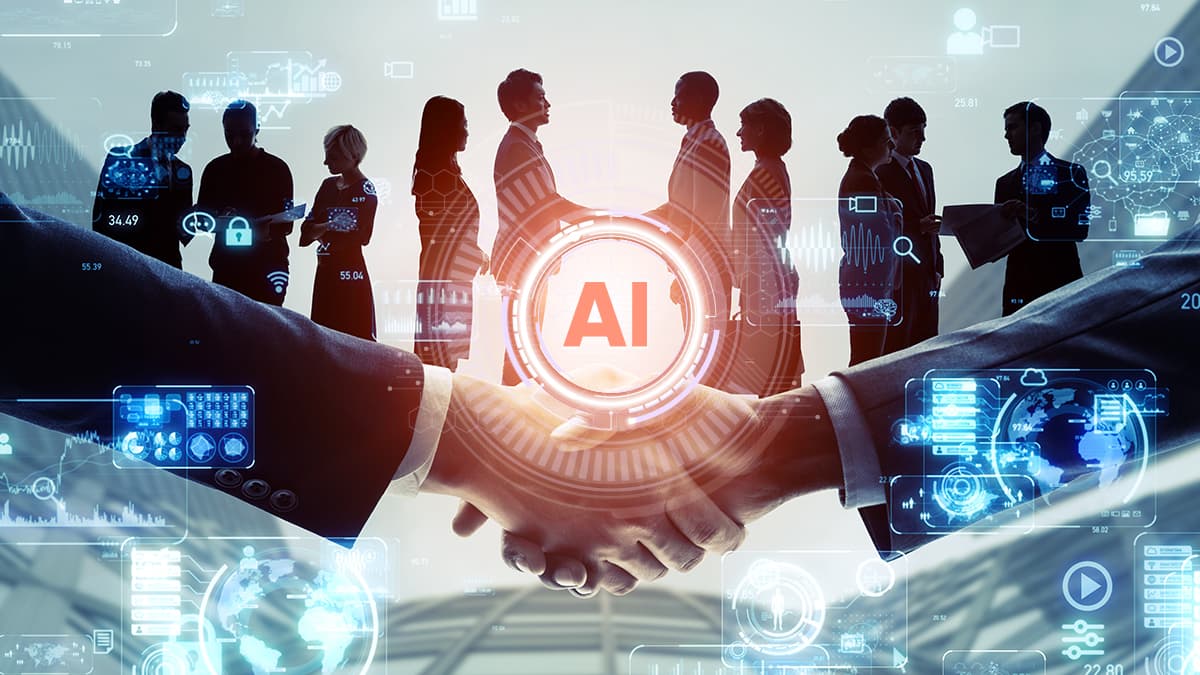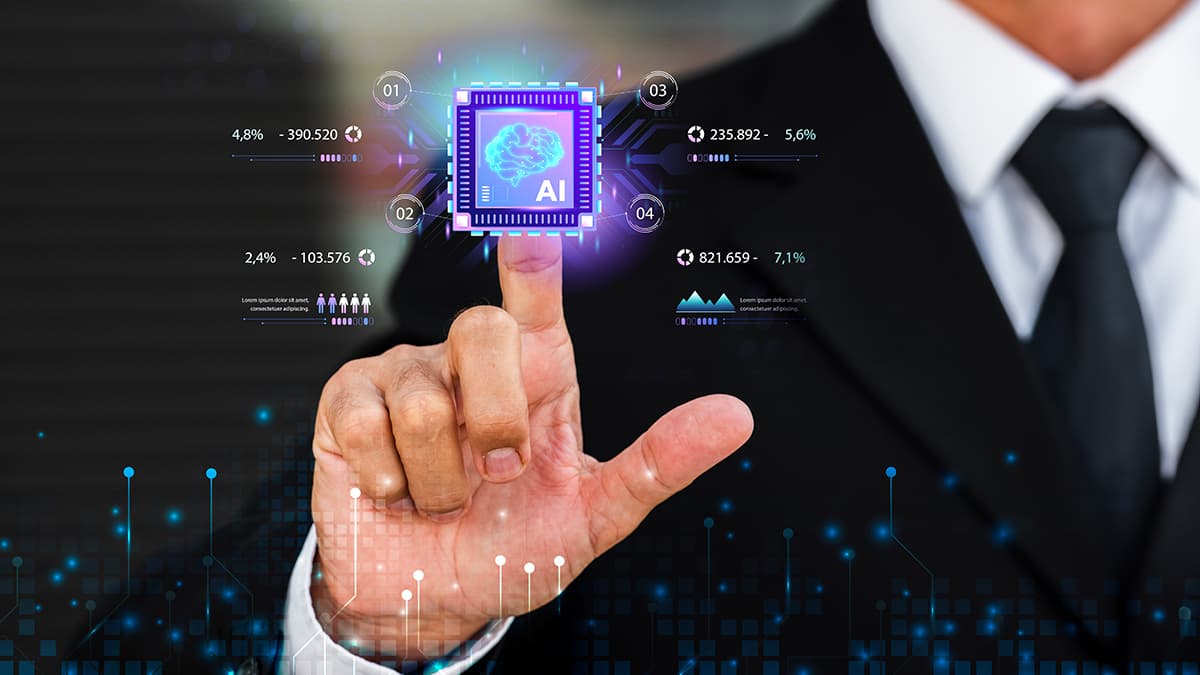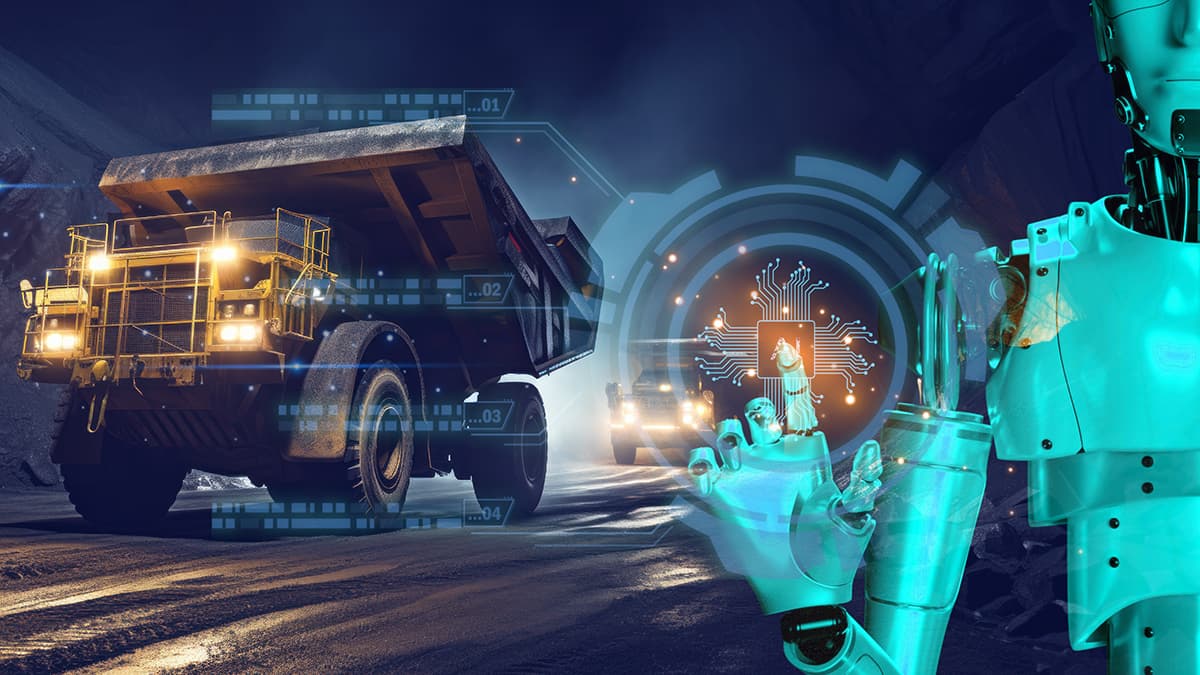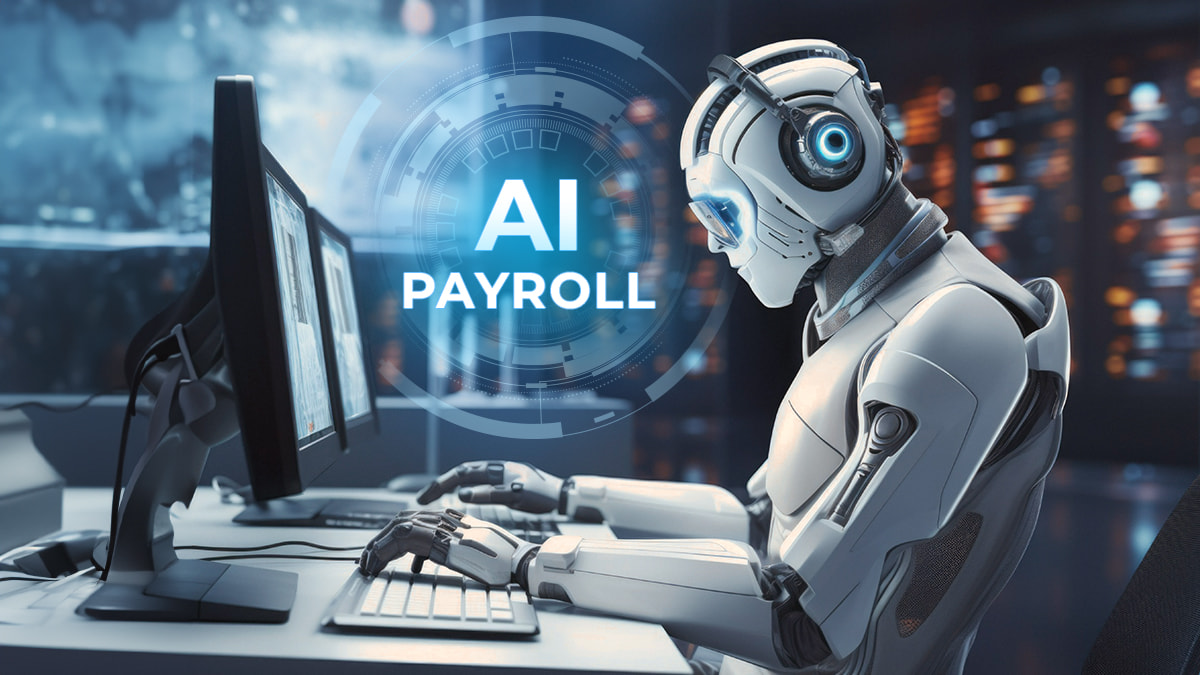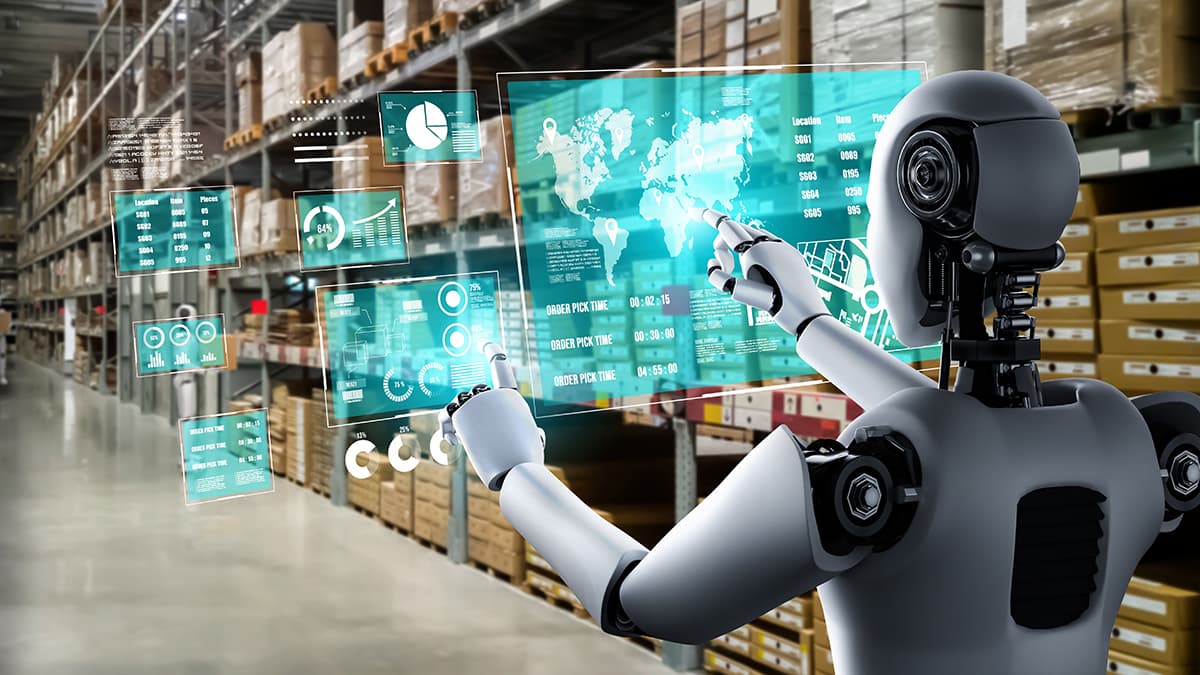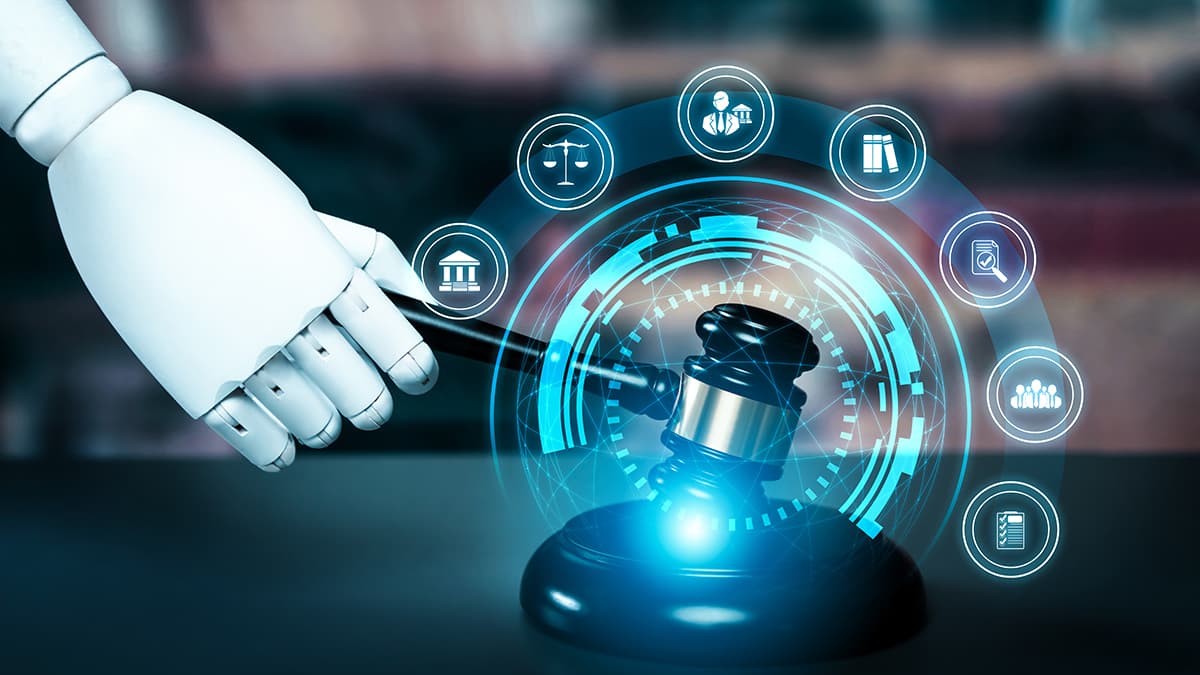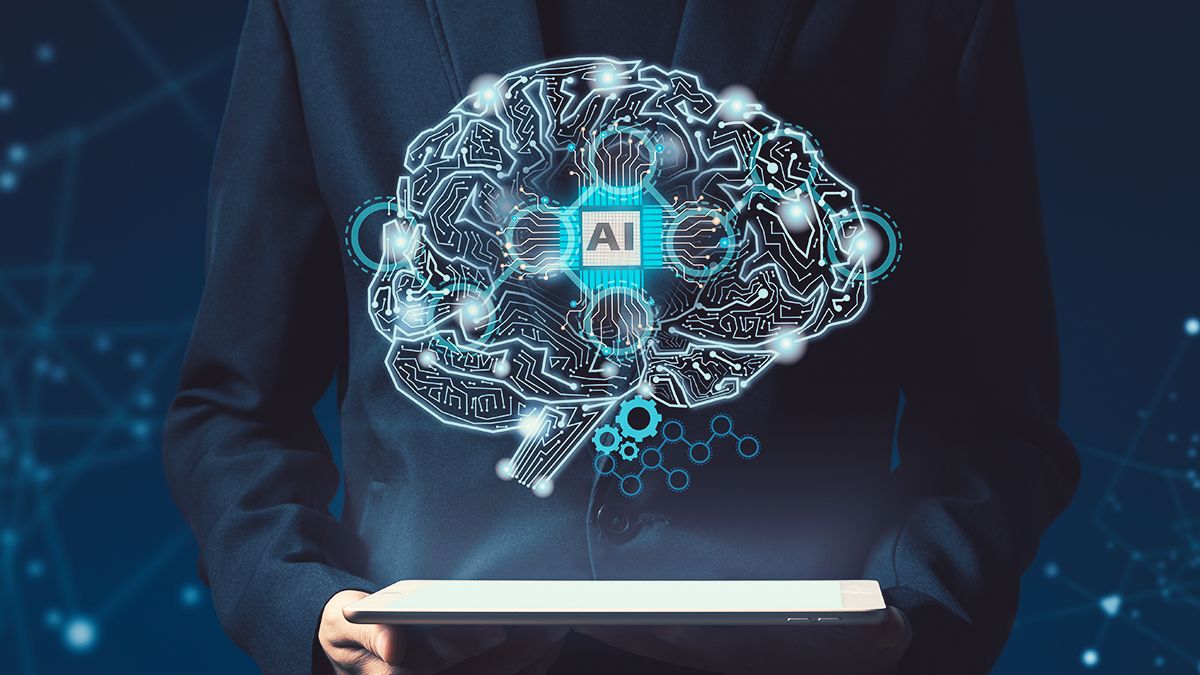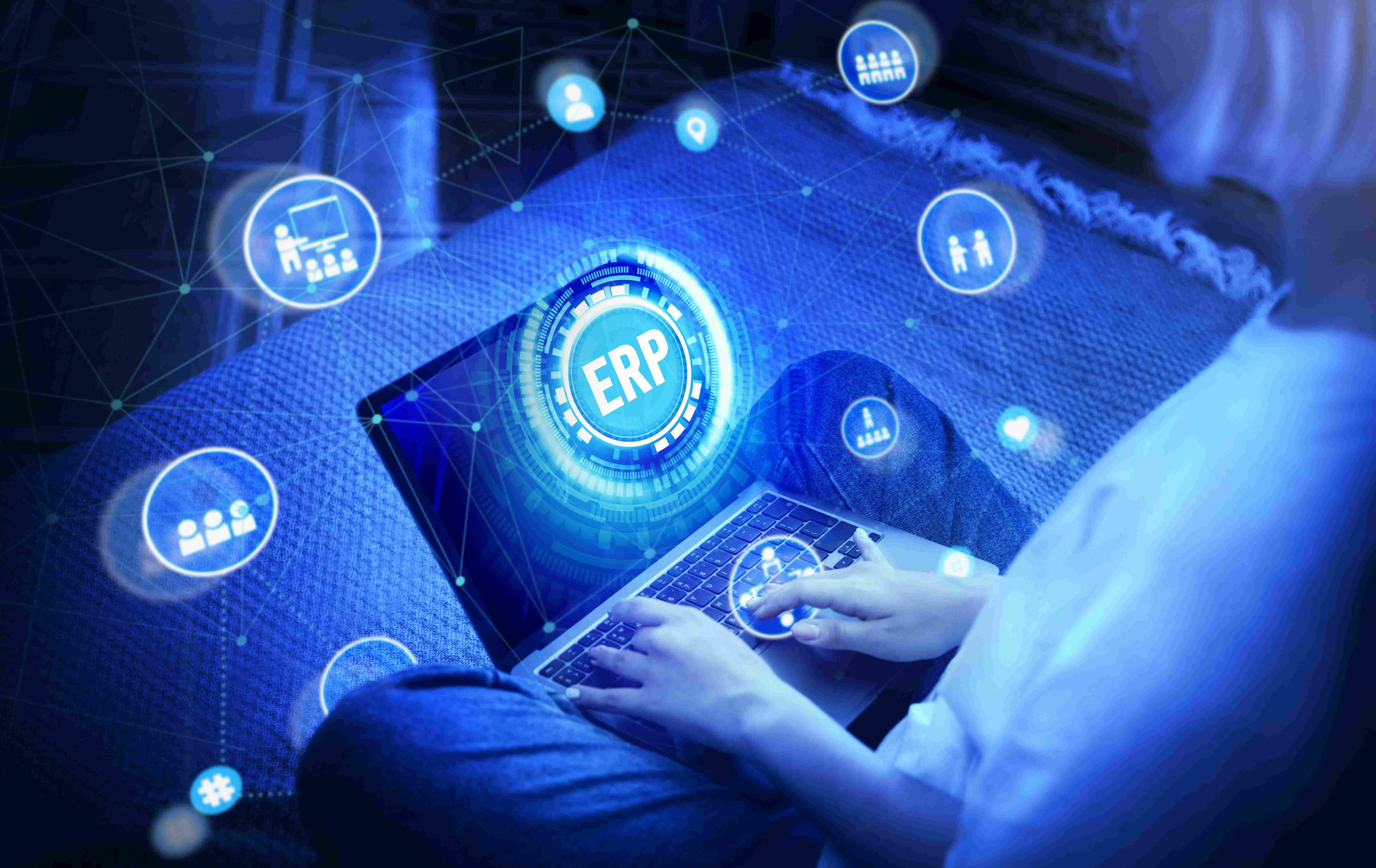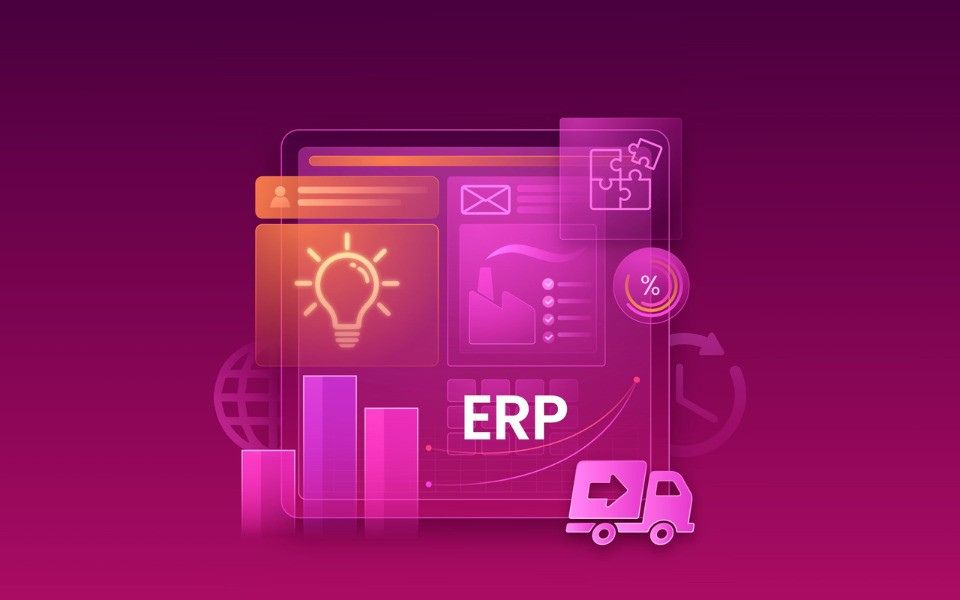
Introduction: Why Spatial Computing Matters in Data Visualization
Data is growing at an unprecedented pace. From IoT sensors and enterprise databases to AI-driven predictive models, organizations are generating massive volumes of structured and unstructured data. Traditional dashboards and 2D charts are no longer enough to decode patterns hidden in billions of data points.
This is where spatial computing for data visualization comes in. By blending 3D environments, augmented reality (AR), virtual reality (VR), and mixed reality (MR) with advanced analytics, spatial computing transforms data into immersive, interactive experiences. Executives, analysts, and decision-makers can now step inside their data, uncover relationships in real time, and make faster, evidence-based decisions.
.jpg)
What is Spatial Computing in the Context of Data Visualization?
Spatial computing refers to the use of digital 3D spaces and immersive technologies to interact with data, objects, and systems in a natural, human-centric way. In the context of data visualization, it means moving beyond static dashboards and flat charts into multi-dimensional, real-time, interactive environments where users can manipulate datasets, explore variables, and simulate outcomes.
Key components include:
- Immersive Data Environments: 3D landscapes that display complex data relationships.
- AR/VR Data Visualization: Overlaying insights on physical spaces (AR) or creating fully immersive data exploration (VR).
- AI-Driven Spatial Analytics: Using machine learning and natural language queries to uncover patterns in 3D data visualizations.
- Real-Time 3D Data Rendering: Streaming live data from IoT sensors, ERP systems, or digital twins into spatial environments.
Why Traditional Visualization Falls Short
While BI dashboards and 2D graphs are widely used, they present major limitations:
- Flat views obscure relationships – Networks, supply chains, and geospatial connections are hard to capture in bar or pie charts.
- Scalability issues – 2D visuals struggle to represent large, complex datasets like city-wide traffic flows or enterprise-wide asset monitoring.
- Limited interactivity – Clicking through filters and dropdowns lacks the intuitive nature of real-world exploration.
- Decision lag – Stakeholders often require multiple iterations to interpret data insights.
Spatial computing eliminates these barriers by offering multi-dimensional perspectives and intuitive navigation that mimics how humans naturally perceive the world.
.jpg)
Benefits of Spatial Computing for Data Visualization
1. Immersive Analytics for Deeper Insights
With VR headsets or AR interfaces, decision-makers can literally walk through data points, observe clusters, and drill down into anomalies. This immersive analytics approach uncovers hidden patterns that traditional dashboards overlook.
2. Real-Time Data Interaction
Spatial computing integrates with IoT devices, ERP systems, and AI models, enabling real-time visualization of operational data. For example, a factory manager can visualize production line performance in a 3D space, identifying bottlenecks instantly.
3. Geospatial and Location-Based Visualization
From urban planning to logistics, spatial computing enhances geospatial data visualization. City authorities can simulate traffic flows, while retailers can map customer footfall across stores in 3D.
4. Enhanced Collaboration in 3D Workspaces
Teams across geographies can enter the same virtual environment, annotate data, and brainstorm strategies. This collaborative spatial visualization fosters shared understanding and accelerates decision cycles.
5. Human-Centric User Experience
Unlike 2D charts that require technical literacy, spatial data visualization leverages natural human perception. Intuitive gestures, eye-tracking, and natural language queries make data accessible even to non-technical stakeholders.
Use Cases of Spatial Computing in Data Visualization
1. Smart Manufacturing
- Digital twins of factories allow managers to visualize production KPIs, machine performance, and supply chain flows in immersive 3D.
- Predictive maintenance data can be overlaid in AR to guide technicians in real time.
2. Healthcare Analytics
- Surgeons and researchers can explore 3D patient imaging data for diagnosis and surgical planning.
- Public health agencies can map disease spread patterns in virtual spaces for better response strategies.
3. Financial Services
- Traders can visualize real-time market fluctuations as immersive 3D landscapes, spotting trends and anomalies faster.
- Risk analysts can model scenario simulations using VR environments.
4. Urban Planning & Smart Cities
- City planners can simulate traffic, energy grids, and water systems in spatial environments.
- Citizens can experience proposed infrastructure changes through AR visualizations.
5. Retail & Customer Analytics
- Retailers can map customer movement patterns inside stores in 3D.
- Marketers can test spatial consumer behavior models to optimize layouts and campaigns.
The Role of AI in Spatial Data Visualization
Artificial Intelligence is the backbone of spatial computing. AI enhances spatial visualization by:
- Automating data preparation and dimensional reduction.
- Clustering high-volume datasets for 3D rendering.
- Natural language processing (NLP) to allow users to “ask” their data questions and receive spatial insights.
- Predictive analytics to simulate outcomes in immersive environments.
- Computer vision integration for real-time AR data overlays.
With AI-powered spatial analytics, businesses shift from descriptive dashboards to prescriptive and predictive insights in real time.
Challenges in Adopting Spatial Computing for Data Visualization
While the potential is immense, enterprises must address:
- High Cost of Hardware – AR/VR headsets and immersive platforms require upfront investment.
- Data Integration Complexity – Combining legacy systems, IoT, and cloud data streams into spatial environments is technically demanding.
- User Training – Immersive data tools require cultural and behavioral adoption.
- Scalability – Real-time 3D visualization demands strong GPU/edge computing infrastructure.
- Privacy and Security – Protecting sensitive data in AR/VR environments is critical.
The Future of Spatial Data Visualization
Spatial computing is not just a trend—it’s the future of data-driven decision making. As AI, cloud computing, and 5G networks mature, enterprises will increasingly deploy real-time 3D visualization platforms as part of their business intelligence stack.
Emerging trends include:
- Metaverse Data Visualization: Enterprises creating virtual data rooms for collaboration.
- Holographic Data Dashboards: Moving beyond screens into holographic projections.
- AI-First Spatial Insights: Systems that recommend actions based on immersive data simulations.
- Edge Computing Integration: Bringing real-time spatial analytics closer to IoT devices.
By 2030, spatial computing for data visualization will be as common as spreadsheets and dashboards are today—powering industries from finance and healthcare to logistics and government.
Conclusion: From Dashboards to Dimensions
The evolution of data visualization is entering a spatial era. Businesses that adopt spatial computing will gain an unprecedented edge in immersive analytics, real-time collaboration, and predictive intelligence. By harnessing AR, VR, and AI-driven 3D visualization, organizations move from static dashboards to dynamic, human-centric decision environments.
In a world drowning in data, the future belongs to companies that can see—not just in two dimensions—but in three, four, and beyond.
Want to start a project?
Get your Free ConsultationOur Recent Blog Posts

© 2025 CSM Tech Americas All Rights Reserved



